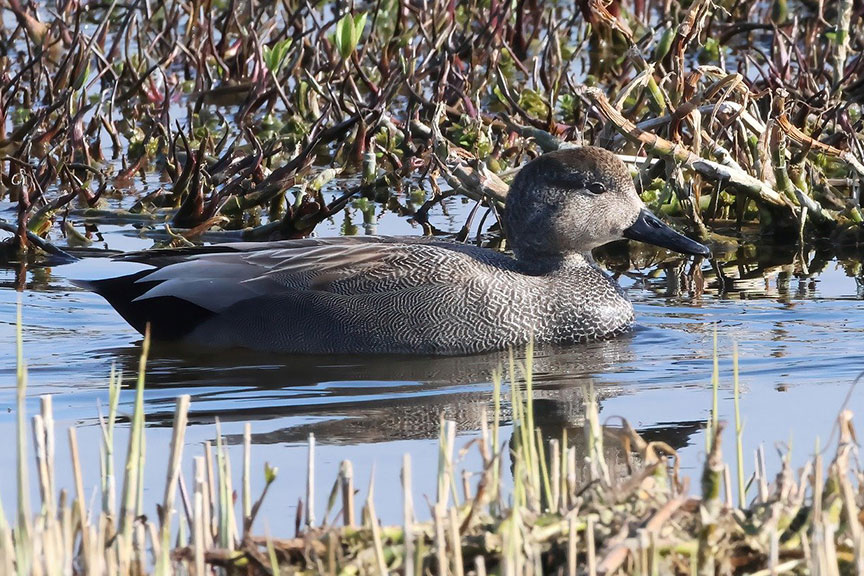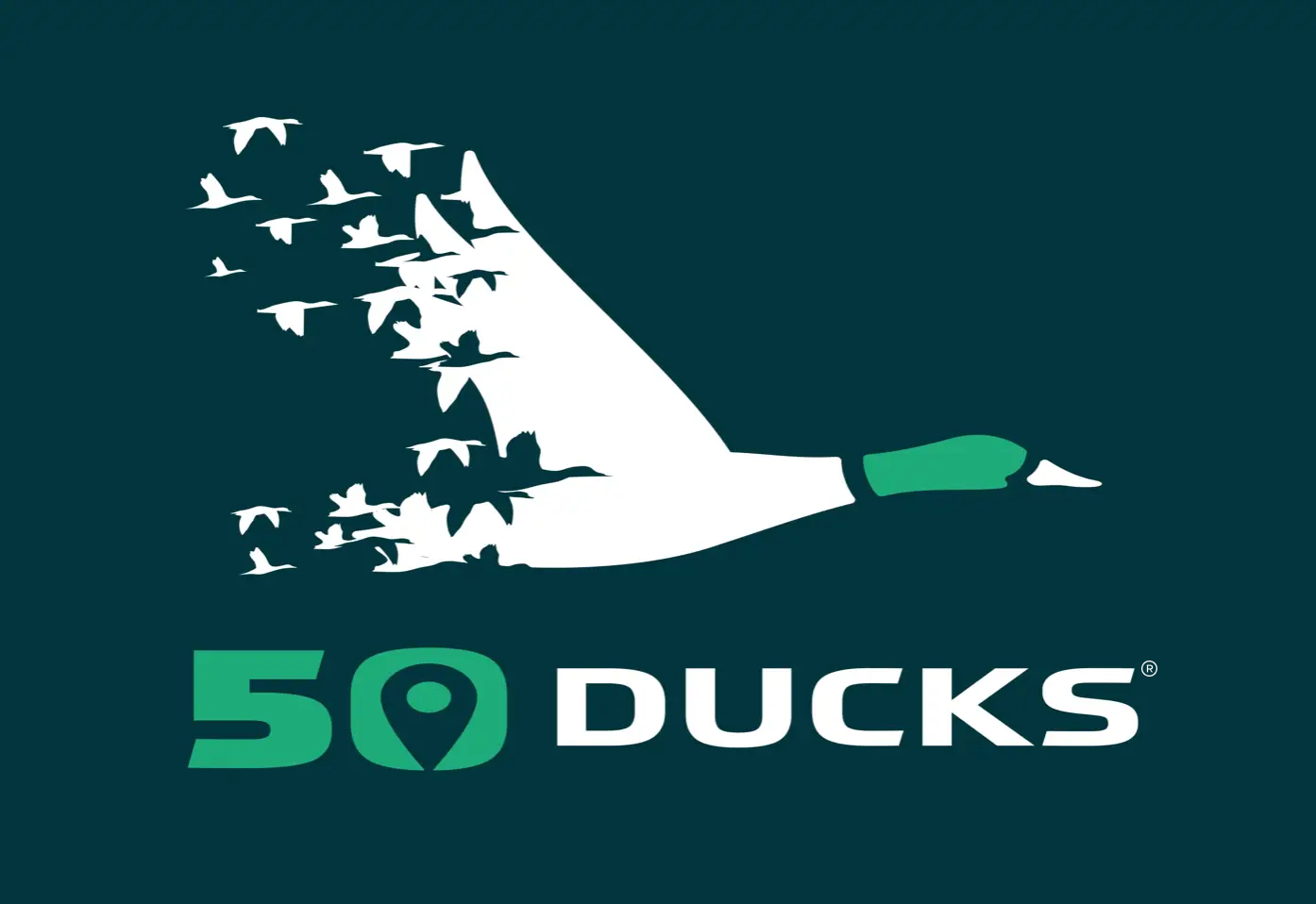Gadwall

A regular yet often overlooked inhabitant of wetlands across North America, Europe, and Asia, the magical Gadwall represents elegance. With their understated mottled gray plumage, they might not catch the eye at first glance, especially when compared to more brightly colored waterfowl. However, its ecological role and behaviors offer much to those interested in the nuances of bird life.
Habitat Preferences and Adaptability
Mareca strepera prefers tranquil freshwater bodies, ranging from expansive lakes and marshes to secluded ponds. These environments provide a serene backdrop for feeding, nesting, and social interactions.
Their adaptability is noteworthy, as they comfortably transition from natural wetlands to reservoirs or agricultural fields, depending on the season and their needs. Such versatility highlights their resilience in facing the challenges of habitat loss and climate change.
During the migration season, these birds demonstrate remarkable endurance, covering vast distances to reach their wintering grounds. These journeys ensure access to the resources needed for survival and reproduction.
Conservation efforts, such as those undertaken by Jack Miner Sanctuary, Environmental Resources Network, and Tierra De Aves A.C., play a pivotal role in maintaining the habitats critical for these migrations.
Diet and Feeding Habits
Unlike its more vibrant counterparts, the Gadwall exhibits a feeding behavior that is both unique and fascinating. Preferring a diet rich in aquatic vegetation, they often feed by dabbling near the water’s surface, though one can spot them upending in shallower waters to reach sustenance below.
Without healthy, biodiverse aquatic environments, this gray duck will move on to survive. Interestingly, the species will adjust its dietary preferences to include more grains and seeds if the environment lacks other food sources. Such flexibility in feeding habits allows them to thrive in several conditions and underscores the interconnectedness of different ecosystems.
We encourage observers and enthusiasts to look beyond the surface. While the gray ducks appear unassuming to most, they command attention for their ecological significance and subtleties. Through education, research, and conservation, enthusiasts and experts contribute to the understanding and preservation of this species. Join 50 Ducks to bridge the gap between casual observation and active conservation.
